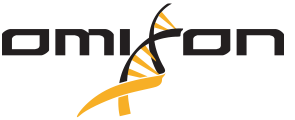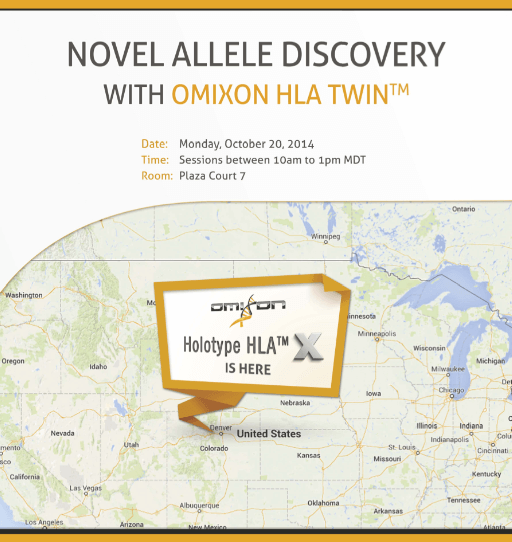The Human Leukocyte Antigen (HLA) region on chromosome 6 has the highest density of disease associations in the genome and HLA genotyping is the most frequent genetic test worldwide, with over 4 million tests carried out annually, representing a $400M annual reagent and services market. Despite this importance, the HLA region is frequently left out from the analysis of whole genome or whole exome data simply because it is so difficult to analyze. Dr. Attila Berces, Founder and Chairman at Omixon notes that
“The high degree of polymorphism, the structural variations, the repetitive structures and the importance of gene-level phasing of variations make it computationally unfeasible to analyse this region from NGS data using the usual reference-based analysis approaches like BWA.”
The first part of the solution to this problem involves mapping the whole genome sequence data to the sequence database of all known HLA genotypes instead of using a single human genome reference sequence, while the second part of the solution is to ensure algorithmic scalability to whole genome data. Omixon have demonstrated the feasibility of this approach on a number of 1000 genomes data sets in an earlier publication in PLoS One. “From the outset, Omixon has focused on NGS applications, which for us has always meant HLA genotyping from multiple different sequencing technologies, and allowing researchers to analyze not only targeted data, but whole exome and whole genome data” says Tim Hague, CEO at Omixon. “This SBRI grant from Genomics England and the DNA samples provided by G3 allows us to demonstrate to a peer-reviewed publication standard the scalability of our software to WGS data and the concordance with both a targeted NGS approach and the gold standard Sanger SBT.” The targeted HLA genotyping from NGS data will be performed by clinical sequencing team in the Monos Lab at the Children’s Hospital of Philadelphia and the Sanger SBT sequencing will be performed by Histogenetics.
If successful in demonstrating equivalency in this validation project with these 340 samples using Target HLA, Omixon plan to genotype the G3 data with their forthcoming HLA Twin software – the only software that determines HLA genotypes from NGS data with two orthogonal algorithms. This in turn is set to have a significant impact on the 100k Genomes Project, because without the proposed or similar approach, the Project would lose important information content for the most polymorphic and biomarker-rich region of the human genome. Recent breakthroughs in immunotherapies for cancer and increasing evidence that HLA antibodies play a significant role in cancer progression makes HLA directly relevant to one of the initial targets of the 100K Genome Project. “The HLA region is associated with over 100 diseases including autoimmunity, infections such as HIV, cancer and even Alzheimer’s disease. New publications highlight the importance of the HLA region appear almost daily among the world’s top scientific publications” notes Dr. Berces. He adds, “Our project specifically addresses the need to improve the accuracy of interpretive analysis of whole genome variant data to enable deeper understanding of disease associations.” Additionally, certain HLA alleles are known to cause severe adverse reactions to eight marketed drugs thus playing an important role in pharmacological safety.
Read more…


